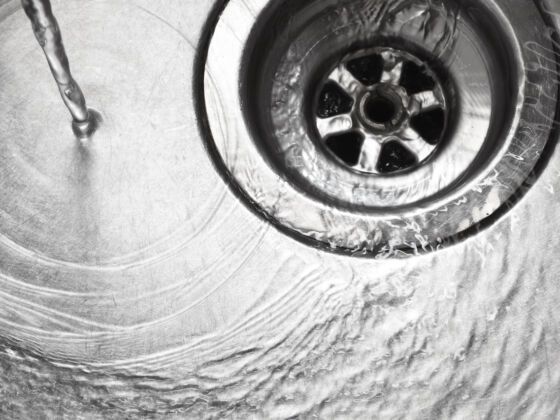It’s been getting slower. You’ve been ignoring it. Or you have indoor plumbing … barely. Or you’re rushing to an interview, brush your teeth and find you’ll be leaving your housemate a not-so-verdant pool in the bathroom sink.
Not to worry. Whether you are a homeowner, a renter or a couchsurfer, when the drain isn’t draining, you can fix it yourself — and most of the options are eco-friendly.
